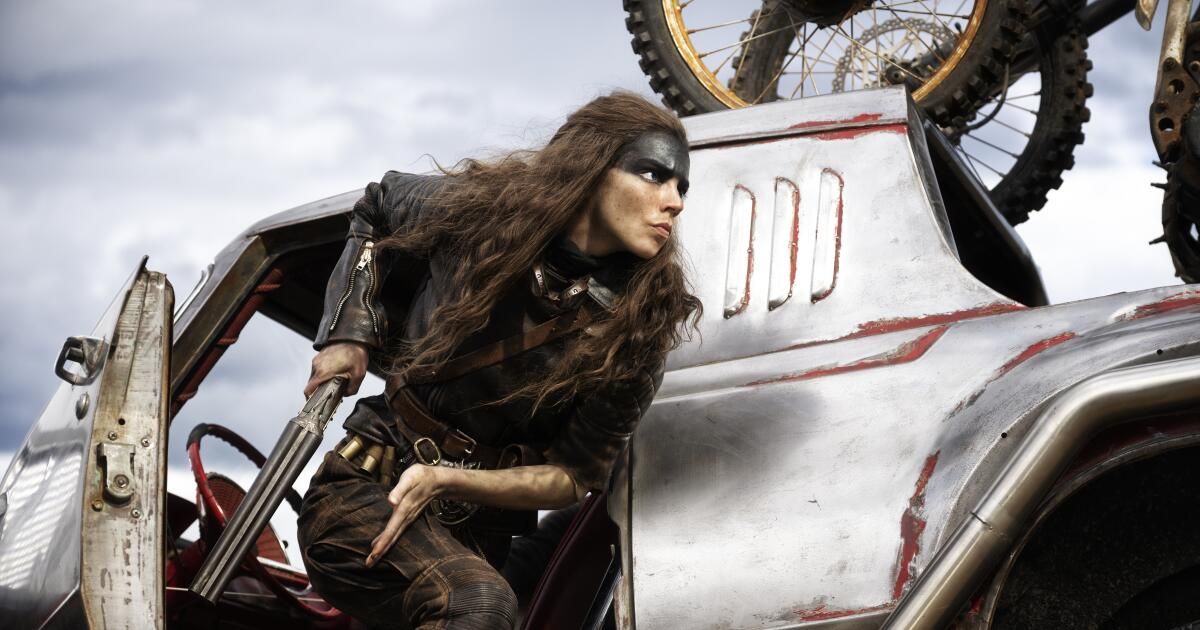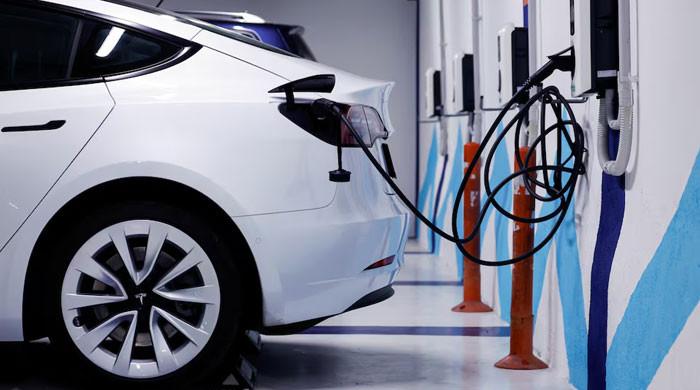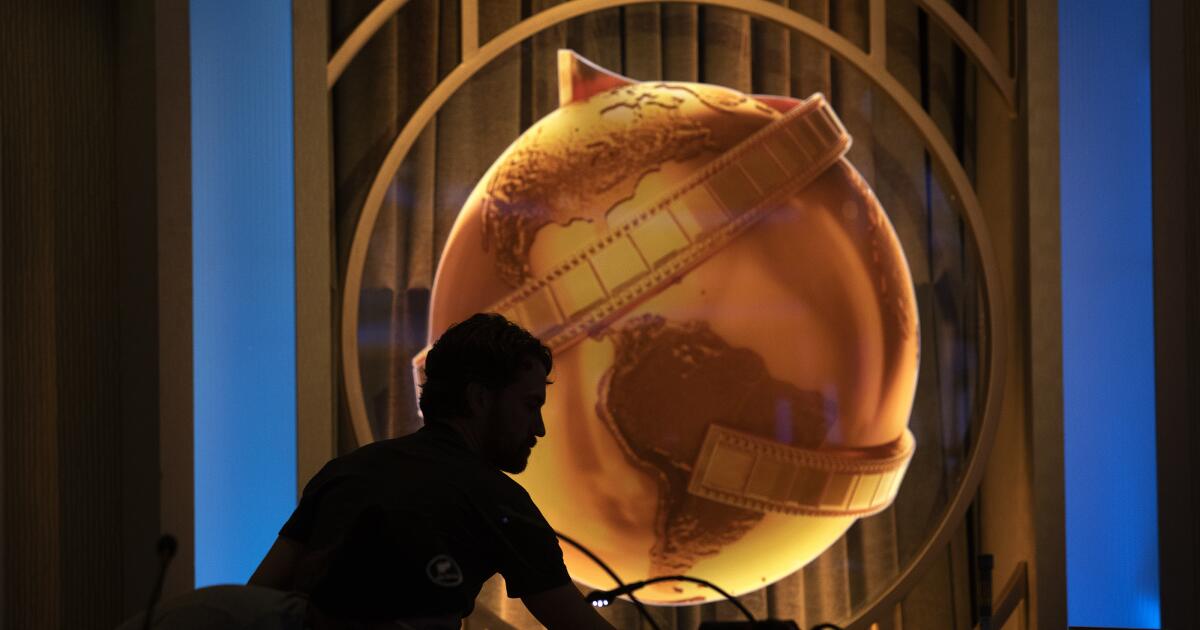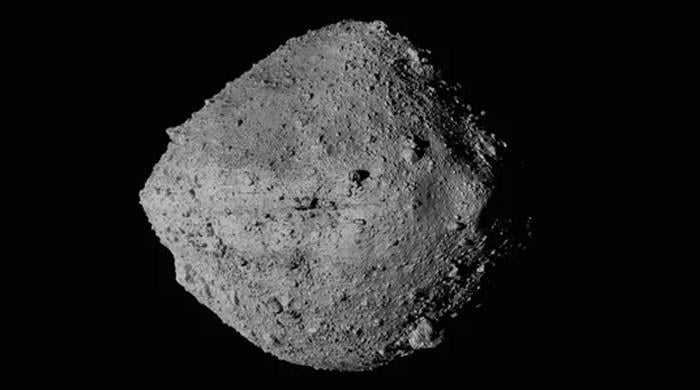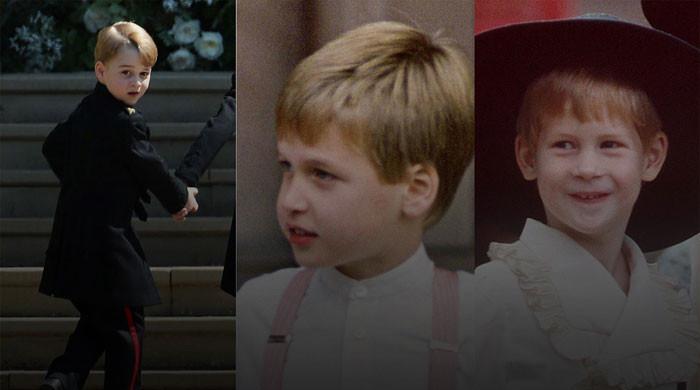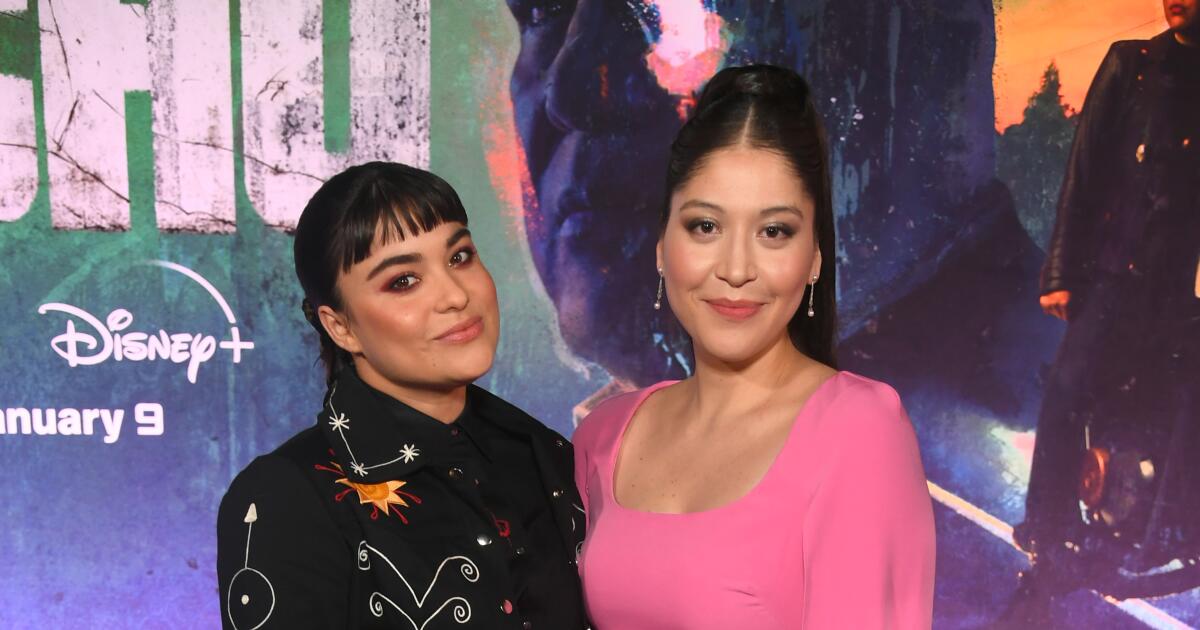When Australian George Miller came here in 2016 to serve as jury president, just months after his “Mad Max: Fury Road” won six Oscars, he entered as a conquering hero. His film was undeniable: a revitalization of both his career and the action genre. The relationship between Cannes and the box office directors it invites is often strained (see French artist Zaho de Sagazan serenading the “Barbie” filmmaker and this year's jury president, Greta Gerwig, at the awards ceremony. opening Tuesday), but with Miller, the timing seemed right.
Things change. His “Furiosa: A Mad Max Saga” (in theaters May 24), a somewhat dutiful new prequel to “Fury Road,” had its world premiere out of competition Wednesday, at the spacious Grand Lumière Theater to a rapt audience that It must be said, I didn't laugh even once. “Who laughs at the end of the world?” You can ask. But that would be to deny Miller the richness of his grimy post-apocalyptic series, one that combines brutal action sequences with emotional resonance, dark myth-making, sociopolitical alarm, and, yes, the occasional Ozploitative laugh at some catastrophic personal misfortune.
Some of that is evident in “Furiosa,” but not enough. For the first time in Miller's five-film franchise, she appears to fall short of the immediacy that he has maintained, often deliriously, for an entire film. Any prequel would need some distance: this is what happened before You already know the story. And if you've ever mistaken Charlize Theron's blank stare in “Fury Road” for a lack of backstory (that's actually the performance you're noticing), “Furiosa” is here to provide you with that material, not without entertainment. But with each supersaturated blue sky, ruddy desert shots, and faux-literary chapter headings (“2. Lessons from the Wasteland”), the film moves further and further away from feeling like a story that's happening, to becoming one that It has already been counted, cleaned. up and embellished.
Miller still puts together a story with more confidence than anyone else on the planet, and his opening, a nearly wordless 10-minute chase, is the definition of getting off to a good start. A fiercely protective mother (the wonderful Charlee Fraser) follows, on horseback and motorcycle, a gang of kidnappers who have fled with her pre-teen daughter Furiosa (Alyla Browne, expressive during the film's first hour). The latter, while unlucky to be caught, is resourceful in her own way, chewing on fuel lines and blessed with the benefit of an especially prophetic name. Thrown over the back of a bicycle, her long hair blowing in the wind, her shot is reminiscent of another defiant woman in Miller's 1982 “The Road Warrior.”
A scene from the movie “Furiosa: The Mad Max Saga.”
(Jasin Boland/Warner Bros. Pictures)
A word about that cold classic: By dint of the technology then available (i.e. no digital effects and a crazy stunt team), “The Road Warrior” sends you into body panic with every kinetic setup. “Furious” rarely feels dangerous. Much of the blood and fire in it is the work of computers, and for the first time, that work is obvious. There's something very un-Mad Max about this; The tact of the earlier films fueled the reality of the possibility of surviving the fall of civilization, even if it meant coming face to face with a tyrannical Tina Turner.
But the punk spirit of young Furiosa, forced to sit in a cage like a sad pet, goes a long way toward establishing our connection to the story. Least of all his captor, Dementus, played by Chris Hemsworth, who, though he tries hard to build an arm-swinging, cape-wearing, talking swagger, doesn't have the lines to give his gang leader the kind of vanity we might enjoy. . into a villain. Finally, we get those bleach-pale War Boys from “Fury Road” back, along with the monstrously masked Immortan Joe (Lachy Hulme), his mutant thug son Rictus (Nathan Jones), and a geographic trade war that's a little more complex. than necessary. be.
Miller, who with co-writer Nick Lauthoris worked on these script details before tackling “Fury Road,” primarily has his sights set on a centerpiece that nearly redeems the entire film: a lavishly armed War Rig truck speeding through an endless road. , pursued by attackers with propellers strapped to their backs. Finally, the greatness of the older films is here, as is Anya Taylor-Joy, whose Furiosa has now gone through her child-passing Yentl phase and now seems destined to wear a glamorous black spot on her forehead and learn . everything you need to know about the “road war” from Praetorian Jack (Tom Burke of “The Souvenir,” channeling the Leonese minimalism that characterized Mel Gibson's original antihero).
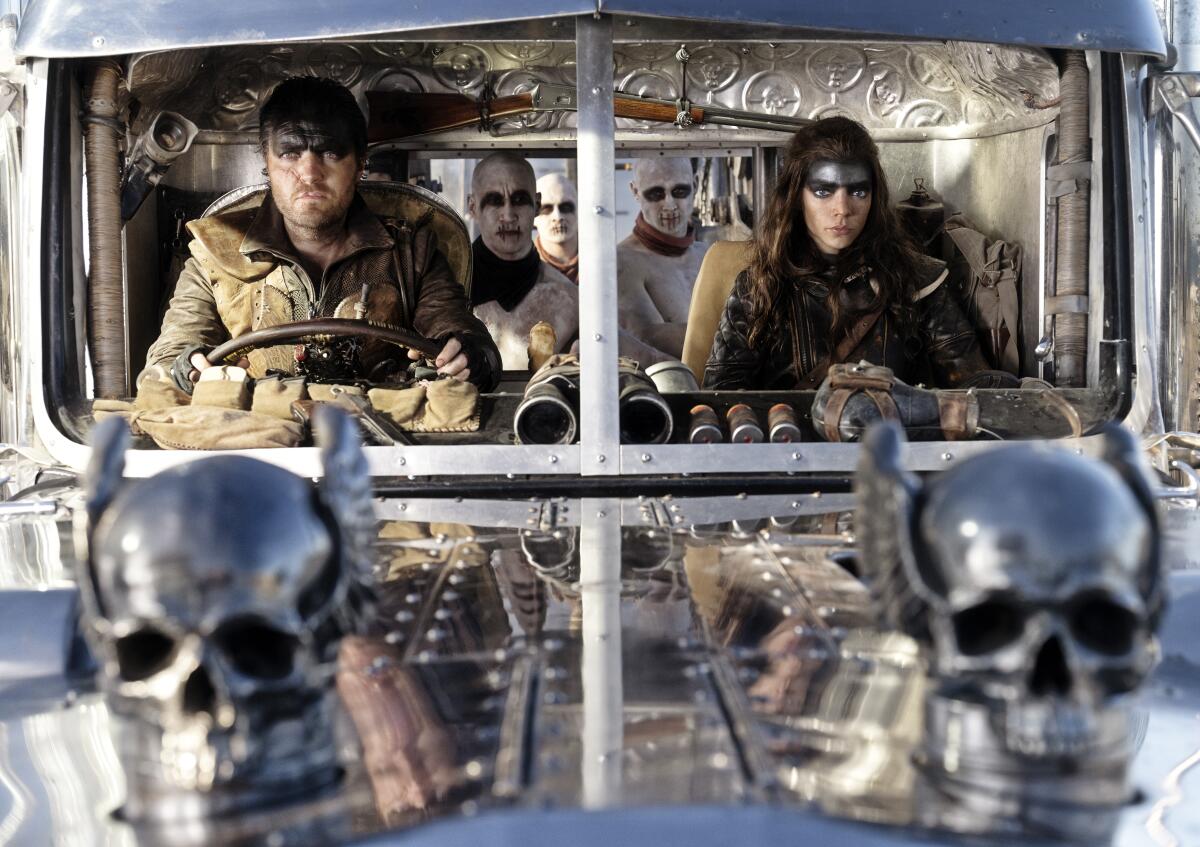
Tom Burke and Anya Taylor-Joy in the movie “Furiosa: A Mad Max Saga.”
(Jasin Boland/Warner Bros. Pictures)
We also have a lot to learn about war on the roads. What is a knocker? (I won't spoil it, but generally, you pay more for that option.) There's a movie about finding your calling embedded in “Furiosa”; Maybe it took the apocalypse for this former fruit picker to discover what she does well. – plus a hint of a high-profile romance that is never made explicit. But just as the film is picking up pace and Simon Duggan's cinematography stabilizes, Miller returns to a less exciting revenge narrative.
Much has already been made of Taylor-Joy's lack of dialogue, which isn't a drawback when you look at her smoldering gazes and see how powerfully she's making something out of nothing. If the film has a deficiency (and it does), it is not exposition but euphoria. The “Mad Max” universe was never so cautious, not if you ever wondered how you would survive the social crisis and what kind of mohawk you would get. The euphoria of the polecat sequence in “Fury Road” (the fact that polecats exist) made the series a constant source of joy.
“Furiosa,” to its distinction and detriment, ends up being too selfish, too pessimistic. She takes the fun out of survival. Miller's imagination has been fueled by “The Last of Us,” “Fallout” and a host of other grayscale nightmares for movies and television. He knows better than anyone that momentum is key to a “Mad Max” movie. He leaves the prequels for those who don't have any gas left in the tank.

